Going above 6,000 meters is not an easy task. In some countries there are many peaks that do not require technical skills, so climbing them is much easier. I encourage anyone, who likes trekking and challenges, to climb at least one technical mountain. You will get the chance to see how your body reacts at such elevation. The human body after going above 4,000 m. above sea level starts to behave differently. Above 6,000 m. those changes are even bigger. Below you can read about climbing Chachani – at 6,075 m. I hope this post inspires you to climb this magnificent volcano as well.
Chachani volcano – how much time do you need to reach the summit?
Any point at a high elevation requires you to take into account not only your physical condition, but also the climate conditions. Many people underestimate these factors when planning treks. Chachani is not too difficult from a physical condition point of view, you do have one, curvy trail that is a little nerve wracking, and you need to climb 1000 meters, but it is not too challenging.
In order to reach the summit you need to be well acclimitized. You can have problems if you do not take the time to do that. The longer you stay on high elevation, the bigger chances are of success. I do not recommend this climb within your first week in the Andes. Many people come back with their heads held low if they push themselves with this hike too quickly.
How much time does the whole trip take?
You can climb this famous volcano in Arequipa within one, very long day. I do not recommend this solution to anyone who is not a climbing specialist and does not spend a lot of time at high elevations. Amateurs should take 2 days for this trek. It allows for you to acclimatize better (accommodation at 5150 m. above sea level) and it is less exhausting. It is more enjoyable to spread out the trek at a slower pace.
From Arequipa, since the very beginning of the trail you have a bumpy, curvy road. It is reachable only by 4×4 and driving time is around 3.5 hours one way.
From here you have around 2 hours 20 minute to the base. Sometimes it can take a little bit longer. You will carry with you all of your luggage. There is no option for porters, horses, or llamas. Of course, you can pay an expensive fee to find somebody to carry your things. You need to be prepared to have quite a heavy backpack with around 5 liters of water, warm clothes, sleeping bag, tent, crampons, snacks. With all of this for sure you will have a minimum of 12 – 14 kg to carry.
From the base at 5,150 m. above sea level you can reach the summit within 6.6 – 7.5 hours. Going down is much faster and takes around 2.5 – 3 hours. The only thing left now is to trek from the base at the beginning of the trail. It will be faster this way since you will have less things to carry. It will be around 2 hours back.
It doesn’t seem like much, but be careful! Walking uphill is challenging at such an elevation and it cannot be minimized.
At this elevation you walk slower, it is more difficult to breath, and you can have headaches. Very often your heart will beat like crazy and this might make you scared a little. Overall your body will react differently than trekking in many other places.
We recommend staying between 3,500 – 4,500 m. above sea level at least one week in order to give your body more time to get used to new conditions. If you have more time for acclimatization, even better. Nobody covers this topic, but with shorter acclimatization, many people do not reach the summit.
If you plan to do an activity like this in Peru it is better to start your vacation in Cusco, not Arequipa. This is most common mistake made by tourists. It is much easier to acclimatize and see how your body will react to high elevations in the Cusco region. You can live at 3400 m. above sea level in Cusco and do many one day treks even to 5000 m. above sea level to start conditioning.
We have more information about volcanoes in Arequipa in our article: Three volcanos in Areuipa, Peru.
Or maybe you are interested in climbing another peak that we did not mention here? Below you can find articles covering other 6,000 meter peaks in Peru and Bolivia.
- How to climb Bolivian peak Huayna Potosi 6088 m.
- Summary from climbing Tocllaraju in Coldiriera Blanca
Who has climbed already Chacani volcano? Share your experiences with us in the comments!
Peru is unique in many ways. One of them are high peaks over 6,000 meters. They are not technical mountains and are easy to reach, so they can be climbed by any mountaineering amateurs. Joins us!

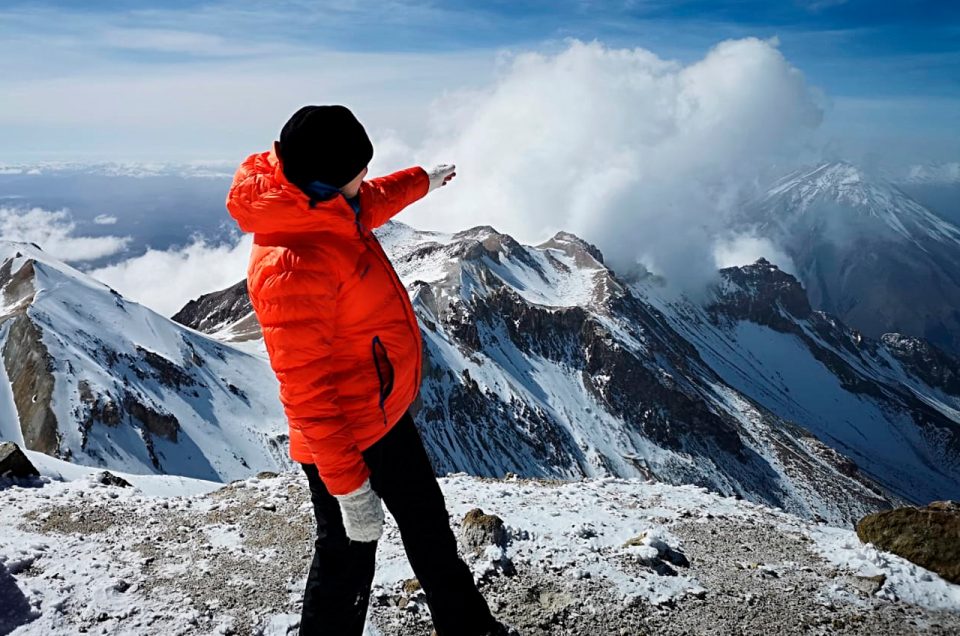
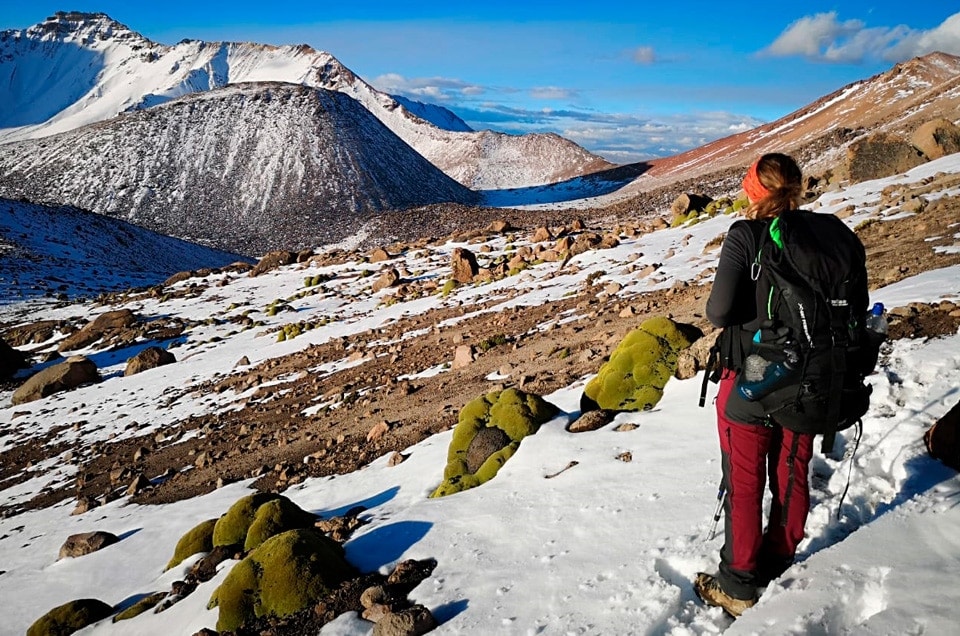
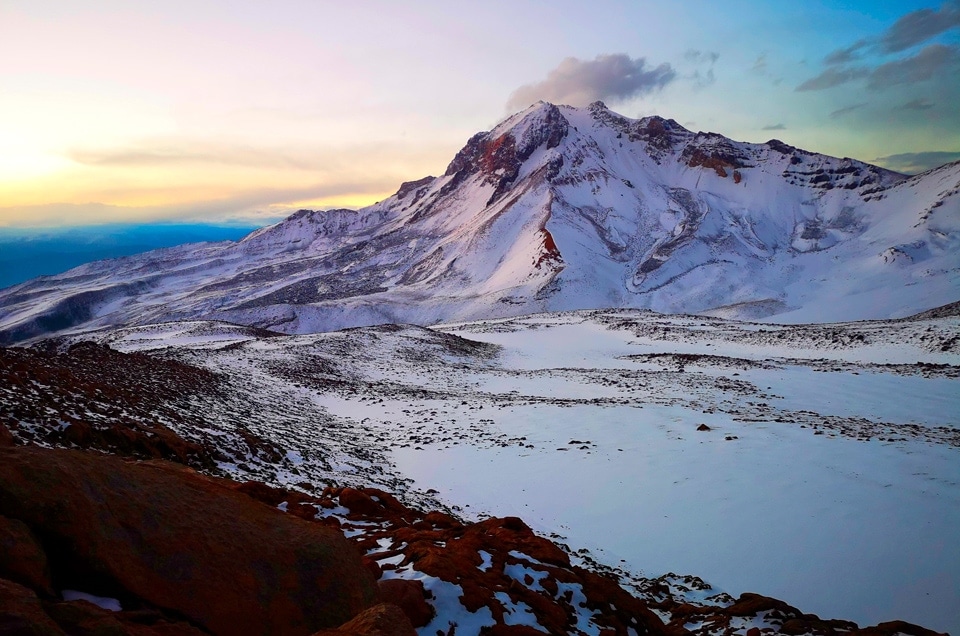
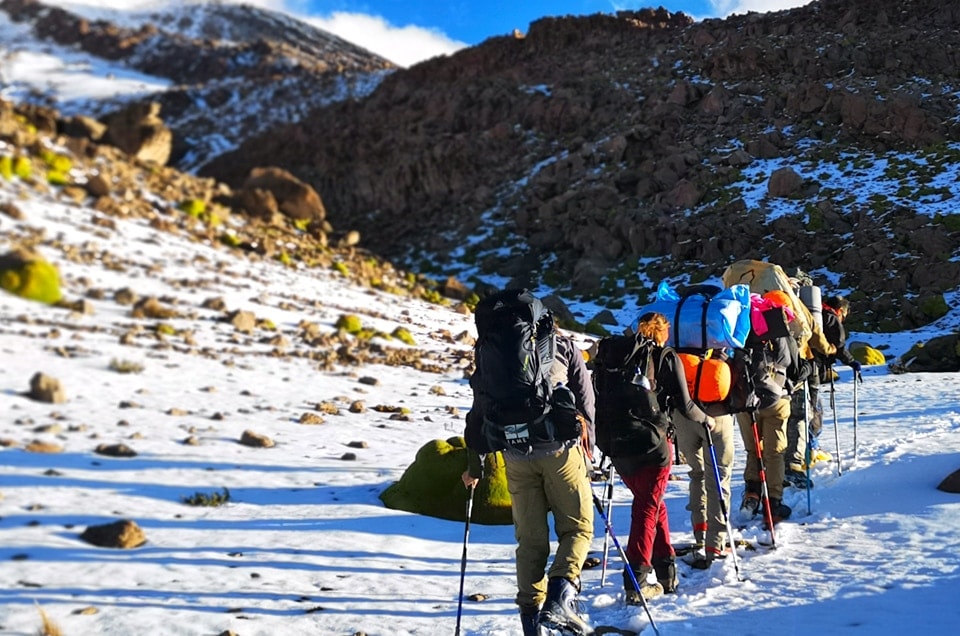

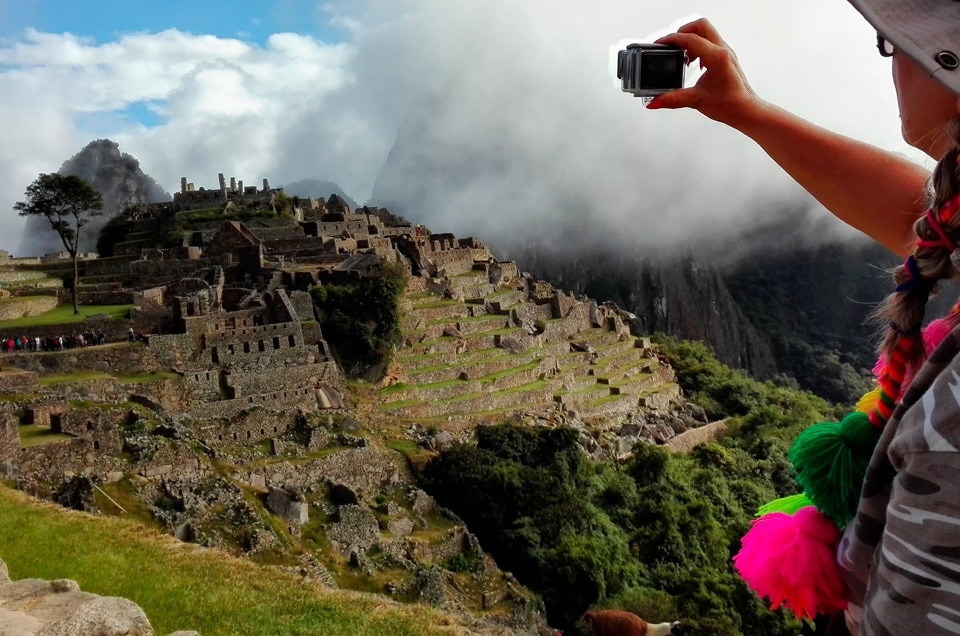
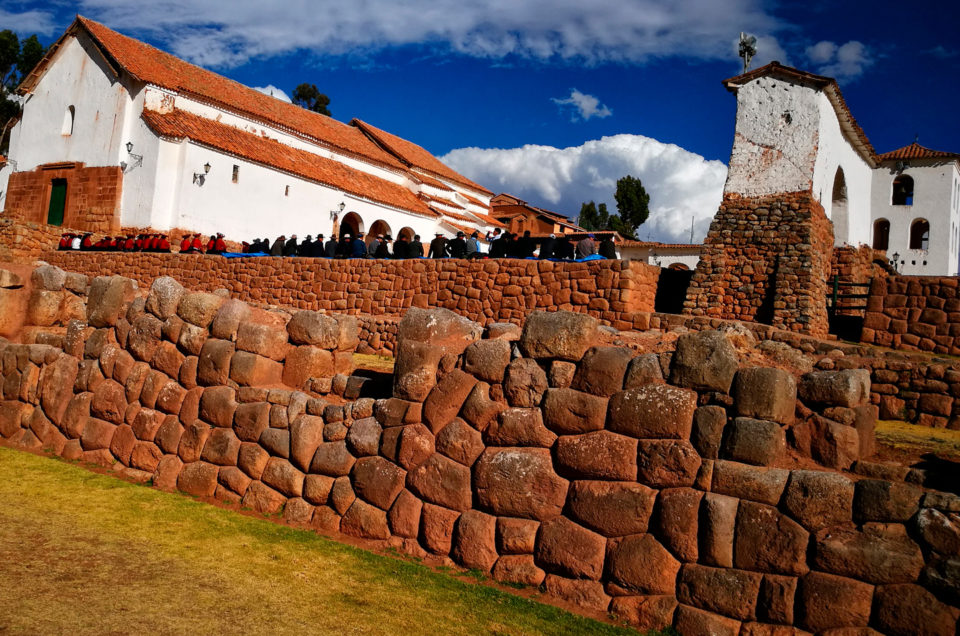

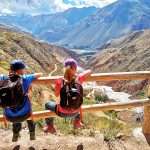


2 Comments
Dzień dobry Igor,
jeżlei podróżujesz sam, najlepiej skontaktować się z jednym z biur bezpośrednio w Arequipie. Organizują wyprawy na Chachani tak prywatne jak i grupowe.
Pozdrawiam serdecznie
Szukam przewodnika na Chachani na 28 – 29 Sierpnia. Dziękuje za pomoc.
Igor